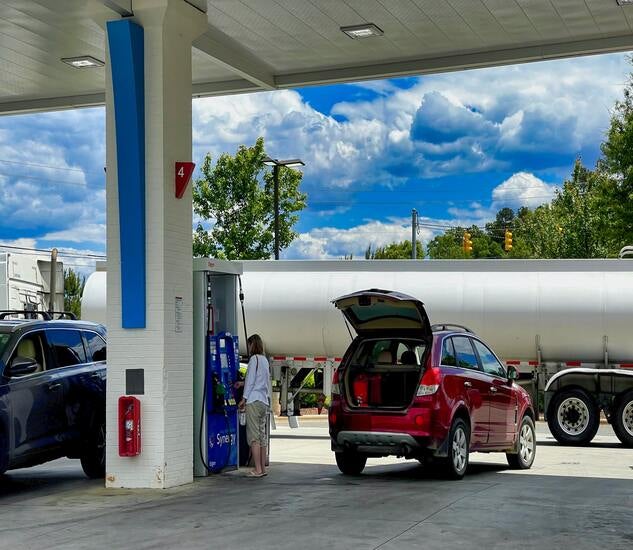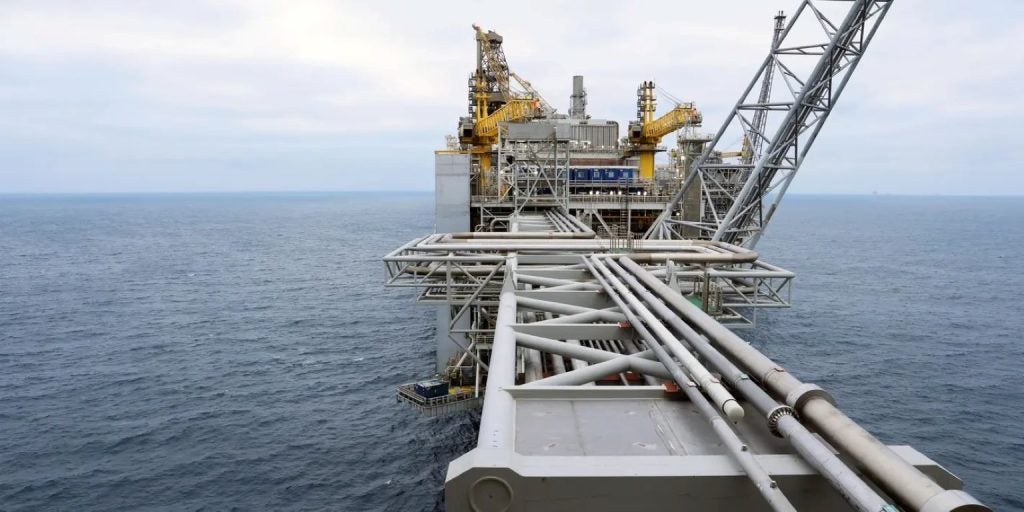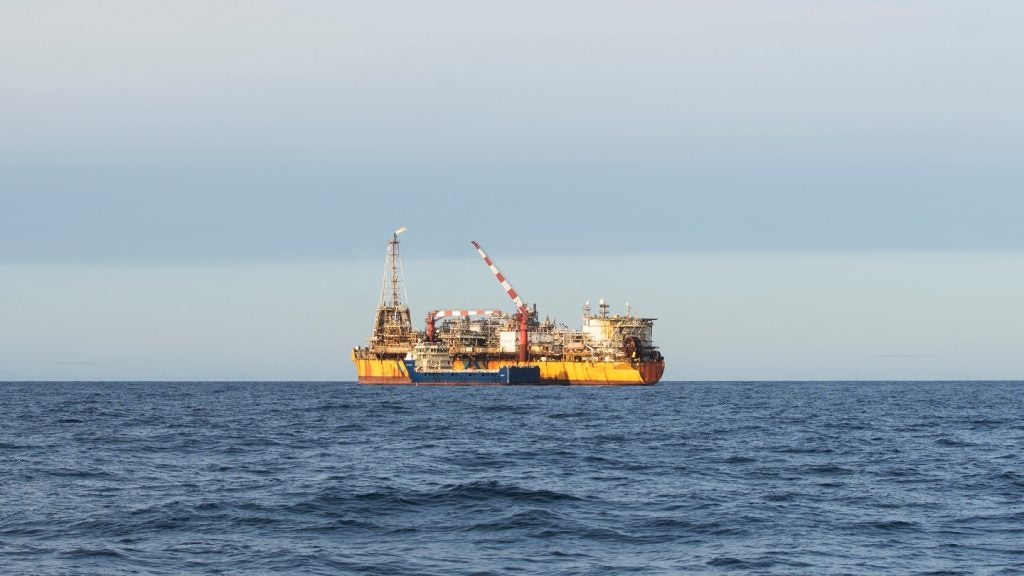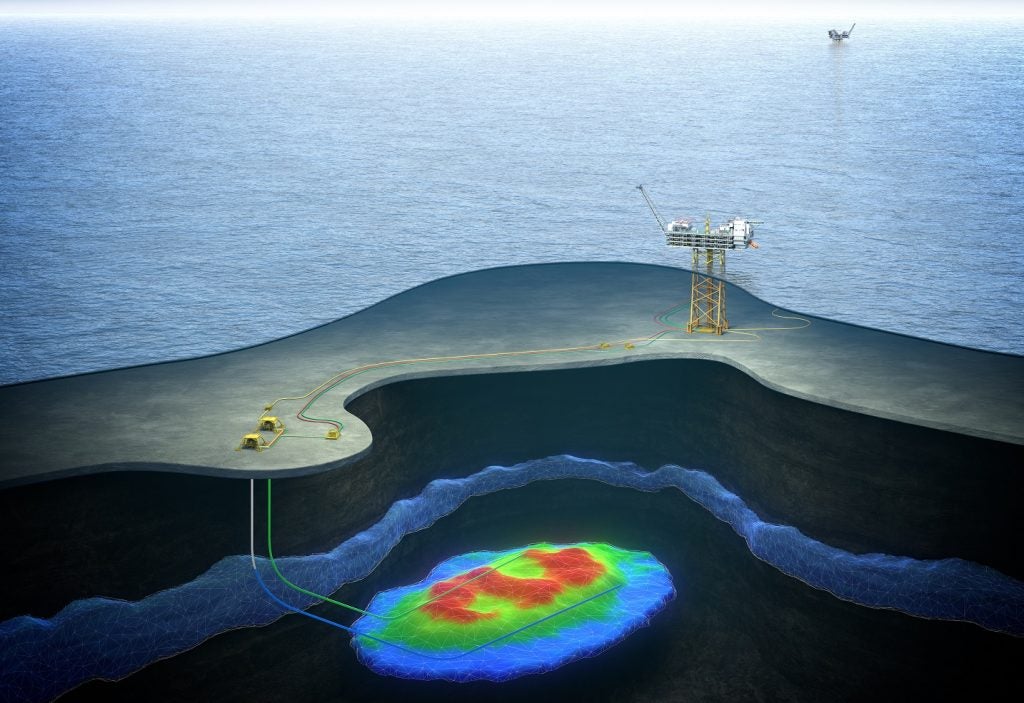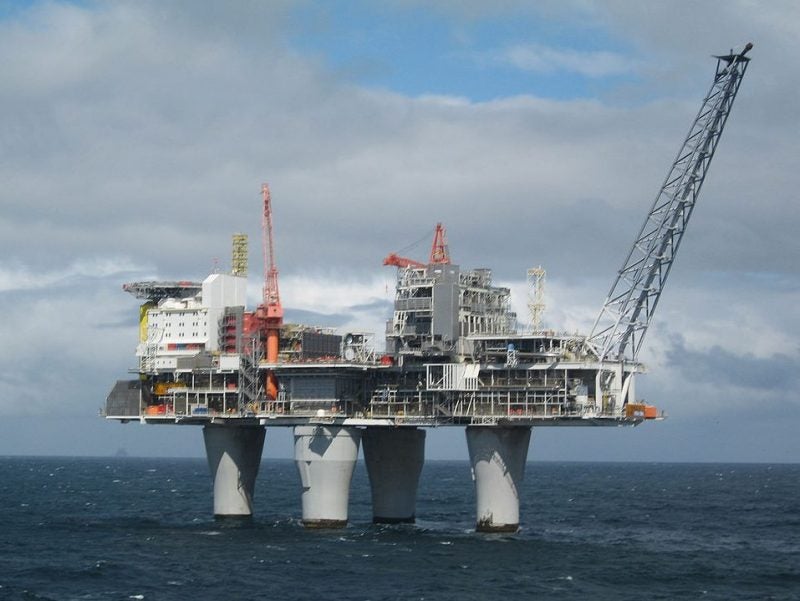
Depending on who you talk to, the Johan Sverdrup field is either a flagship for sustainable fossil fuel production or a perfect symbol of Norway’s schizophrenic relationship with climate and oil and gas.
The oil field is the focus of heated debate between those who believe oil and gas is critical to the nation’s prosperity and energy security as it transitions to carbon neutrality by 2030, and those who believe it is rank hypocrisy for the Norwegian Government to ratify the Paris Agreement and adopt ambitious emission targets, while at the same time investing in fossil fuels for decades to come.
Named after Norway’s first prime minister, the Johan Sverdrup field is setting a new standard for CO2 efficiency. According to operator Equinor, its land-based power supply leads to record-low CO2 emissions of well below 1kg per barrel, compared with the global average of around 18kg.
“Johan Sverdrup offers both high value creation and record-low emissions, making Johan Sverdrup a future-oriented oil field and part of the solution for reduced emissions,” stated CEO Eldar Sætre.
“Electrification is an important tool for reaching Norwegian and international climate goals, aiming to reduce our greenhouse gas emissions by 40% by 2030, and close to zero emissions in 2050.”
How well do you really know your competitors?
Access the most comprehensive Company Profiles on the market, powered by GlobalData. Save hours of research. Gain competitive edge.

Thank you!
Your download email will arrive shortly
Not ready to buy yet? Download a free sample
We are confident about the unique quality of our Company Profiles. However, we want you to make the most beneficial decision for your business, so we offer a free sample that you can download by submitting the below form
By GlobalDataClimate activists concur with the latter point, but argue that emissions from production account for only a fraction (around 5%) of the total from the global oil industry. Norway sells the majority of its oil and gas abroad, where it is burned in sectors like transport and industry, releasing more CO2.
As Mark van Baal, founder of climate pressure group Follow This, said: “An oil company with targets for its own emissions, and not for its products, is like a cigarette producer that promises that all employees will quit smoking, while increasing cigarette production.”
Positive energy: how Equinor is electrifying the Johan Sverdrup oil field
The economic importance of Johan Sverdrup, the third-largest oil field on the Norwegian continental shelf, cannot be understated. Since Equinor and its partners Lundin Norway, Petoro, Aker BP and Total brought it on-stream last October, production has increased to above 300,000 barrels per day.
Expected recoverable reserves are 2.7 billion barrels of oil equivalent, and two thirds of the oil from the field is expected to be produced before 2030. Johan Sverdrup is projected to yield total production revenue in excess of NOK 1,400bn – and more than NOK 900bn in revenue to Norway’s state coffers.
Unlike most offshore fields, which are powered by diesel generators, Johan Sverdrup’s power comes from shore, the majority of it from hydroelectric generation, a sector where Norway leads the world.
According to the International Hydropower Association, hydropower regularly provides for more than 95% of total Norwegian power production, with the remainder made up by thermal and wind.
CO2 emissions from the Johan Sverdrup field are around 0.67kg per barrel. Equinor estimates that emissions reductions due to onshore power will be more than 620,000 tonnes a year, totalling more than 25 million tonnes of CO2 over the life of the field. Post 2022, it will also provide power from shore to other fields located on the Utsira High, including Edvard Grieg, Gina Krog and Ivar Aasen.
Developing a better quality of oil field
The International Energy Agency (IEA) reports that Norway pumps out two million barrels of oil a day, making it Europe’s second-biggest producer after Russia. Equinor argues that, even in a low-carbon scenario, the world will still need new oil supplies equivalent to 20 times that production in 2035.
It also points out that the Paris Agreement factored in oil production as part of the energy mix, and that ‘better quality’ fields like Johan Sverdrup will replace those with a significant CO2 footprint – particularly heavy oil and oil sand – with cleaner alternatives during the transition to renewables.
“Thanks to innovation and the latest within digitalisation, we can produce oil with much greater CO2 efficiency than we could before,” explains Abdelkarim Abbou, VP, safety and sustainability, exploration, at Equinor. “Using technology developed on the Norwegian shelf, Johan Sverdrup will have very low CO2 emissions.
“Obviously, the majority of the emissions will still come from the actual consumption of oil and gas, but electrification reduces CO2 emissions by the equivalent of 310,000 cars every year.”
Exporting emissions: the environmental cost of Norway’s oil exports
It is the penultimate point that critics cite as a key objection to Johan Sverdrup and the Norwegian administration’s ongoing policy of incentivising oil multinationals to invest in its continental shelf.
A recent report by CNN revealed that, in 2019, Norway awarded a record 83 production licenses, and began 57 new exploration wells. At the same time, the UN’s Emission Gap Report reveals that emissions from the oil and gas Norway sold abroad reached roughly 470 million tons in 2017, a figure that dwarves the country’s domestic CO2 emissions, which stood at just 53 million tons.
Writing in the Guardian in November 2019, David Boyd, UN special rapporteur on the environment and human rights, said: “Norway continues to explore for oil and gas at a time when the IEA and the Intergovernmental Panel on Climate Change concluded that meeting the vital 1.5°C target in the Paris agreement requires that the majority of existing fossil fuel reserves cannot be burned.
“The Norwegian paradox is that its leadership on some aspects of climate action is undermined by its continued dependence on a large fossil fuel industry.”
Forward thinking: the future of Norway’s hydrocarbon industry
Advances in renewable technologies continue to provide alternatives to diesel power in offshore oil and gas projects. Norway is pioneering the use of subsea cables up to 200km on the Utsira High, connecting rigs to onshore power sources while simultaneously eliminating platform CO2 emissions.
Discussions are also reportedly under way to build 11 floating offshore wind turbines in the Gullfaks and Snorre fields in the Norwegian North Sea. It is thought the turbines can supply the five platforms with up to 35% of their power needs, while cutting CO2 emissions by up to 200,000 tonnes per year.
However, while these innovations, and those deployed by Equinor at Johan Sverdrup – part of the state-sponsored company’s plan to cut domestic emissions to near zero in 2050 – are welcome, compared with emissions from oil and gas exports, they may come to be seen as too little, too late.
“The Norwegian Government must not then ignore its global responsibility for the emissions from the oil and gas it exports,” wrote Boyd. “Climate change impacts are even more severe today than in 2016 when Norway became the first industrialised country to ratify the Paris agreement. Time is running out.
“The world needs Norway to demonstrate climate leadership by ending exploration for additional oil and gas reserves, stopping further expansion of fossil fuel infrastructure, and protecting the fragile Arctic. By harnessing its immense wealth and ingenuity, Norway could lead the world in demonstrating how to achieve a just and equitable transition to a fossil-free economy.”

